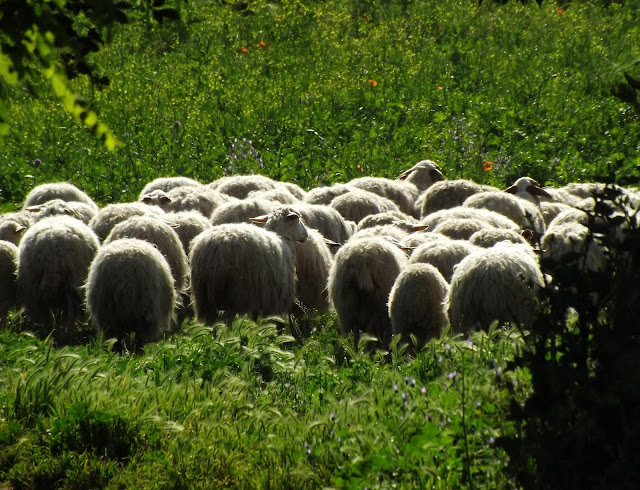If you have a smaller paddock close to your home with nowhere for predators to hide in it would be ideal for a newborn and ewe. Foxes like to stalk their pray behind coverage like tall grasses, rocks, bushes and trees. If you want to put the lambs with the ewe out into pasture ensure that the field is small flat and closely cropped.
Dont put too many new lambs and ewes into the same field as the lambs and ewes can get confused and loose each other. You should number the ewes and lambs with each other. As the lambs get older they can be put into larger groups of ewes and lambs.
Try not to pasture the new lambs near streams or rivers as there is a high chance of losing lambs to drowning.
Ensure that there is some form of shelter in the field as with bad weather conditions there could be lambs lost to chilling and hypothermia.
When you are sending your lambs off to pasture ensure that you have adequate fencing. This will keep your lambs and sheep in and the predators out of the field.
If you have good grass you will not need to supplement with hay. If the grass is not too lush there will need to be a provision of hay.
Sheep usually prefer to eat weeds over the grass.
You should have a hay rack in your field. The hay rack will reduce waste and is more hygenic. Provide a morning and evening feed of hay.
Ensure that your stock has access to fresh water at all times. But ensure that your water container is lamb safe. Many lambs are lost from drowning in water tanks.
Your average sheep can consume gallons of water a day.
When you are pasturing lambs you should use woven wire fencing.
Having sheep and cattle pasture together can reduce predator loss.
When the lambs and cattle have bonded together the lambs will seek protection amongst the cattle when they see a predator approaching.
Pasture can be high in energy and protein when its in its vegative state but when its rapidly growing its high mositure content is not as nutritious. The high mositure content can cause loose stools in lambs.
When pasture plants mature they are not as high in protein and energy thats why one needs to have pasture field rotation. You need to clip the pasture to keep it in its vegative state.
Lambs that are born on pasture tend to eat pasture quicker.
The rumen of young lambs are developed through eating grass not grains.
Grass and the ewes milk are the most natural and organic way to feed the lambs.
Lambs develop better on the pasture than on the force feeding of grains.






Comments
Post a Comment